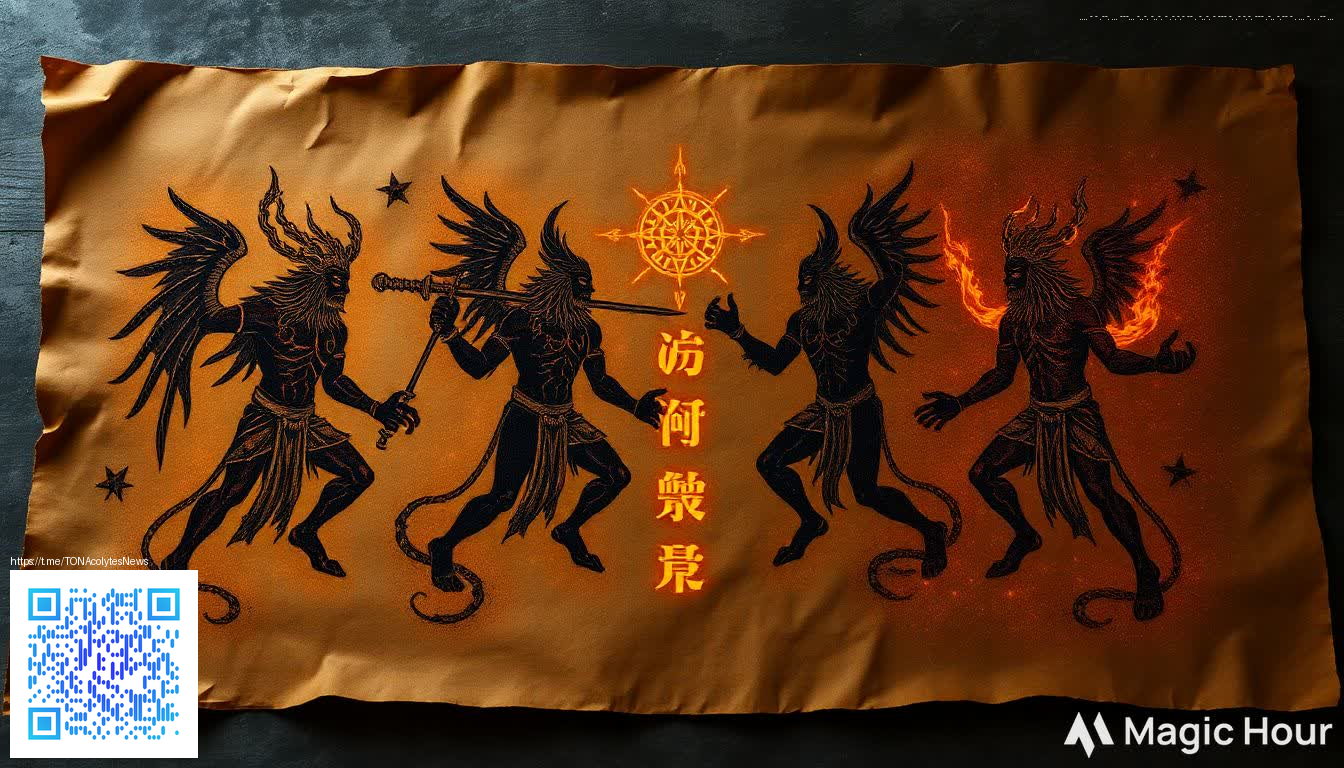Exploring Solana Gaming Marketplaces: Trade, Play, and Community
As blockchain-powered games mature, Solana stands out as a backbone for vibrant marketplaces where players buy, sell, and trade in-game assets, skins, and collectible NFTs. The combination of fast transaction times and low fees makes these ecosystems approachable for both casual players and seasoned traders. Beyond mere ownership records, Solana-based marketplaces foster active communities, transparent provenance, and liquidity that supports a thriving play-to-own economy.
What makes Solana marketplaces particularly compelling for gaming is how they blend play with trade. Assets can be earned inside a game, then immediately listed for sale or swapped for items from other games or experiences. This interoperability is not just about collectibles; it’s about shaping a shared digital economy where players can monetize time spent in virtual worlds while developers keep the incentive structure healthy with clear royalties and standardized metadata.
Key platforms you’ll encounter on Solana
- Solsea — Often cited as one of the earliest full-feature Solana NFT marketplaces, Solsea emphasizes creator rights, bundled collections, and user-friendly minting options. It has helped many gamers discover and move assets across games with ease.
- Magic Eden — A dominant player in the Solana space, Magic Eden blends robust market liquidity with curated drops and community events. Its interface tends to be approachable for newcomers while offering enough depth for seasoned traders.
- Solanart — One of the first major marketplaces on Solana, Solanart remains a reference point for cross-project trades and straightforward listing workflows. It’s a reliable option when you want broad visibility for your assets.
- DigitalEyes — Known for broad catalog coverage, DigitalEyes complements other platforms by surfacing niche collections and long-tail items that can be essential for completing a build or set in a game.
When evaluating a platform, look for low and predictable fees, trustworthy royalty enforcement, and a clear path to shipping assets between games or experiences. It’s also worth paying attention to wallet compatibility (Phantom is a common choice on Solana) and the ease with which you can verify asset provenance and on-chain history. A strong marketplace will provide robust search and filtering, reliable royalties to creators, and an active moderation stance to reduce scams and counterfeit listings.
Pro tip: In a fast-moving market, you want platforms that offer real-time price visibility and reliable settlement times. That combination helps you react quickly to shifts in in-game demand and avoid missed opportunities.
Beyond the obvious value of owning digital goods, Solana gaming marketplaces are also shaping how developers think about monetization. Creators can design in-game economies with transparent rules, while players gain confidence that their on-chain assets retain value across updates and new releases. For players who balance play time with trading, these ecosystems offer an efficient route to diversify assets and experiment with different play styles without leaving the Solana network.
As you explore, you might also consider practical accessories to complement your on-chain activities. For example, you can explore reliable hardware and accessories such as the Slim Glossy Phone Case for iPhone 16. It’s a lightweight upgrade to keep your device protected during long sessions of wallet management and trading research. You can view it here: Slim Glossy Phone Case for iPhone 16.
For readers who enjoy a wider context or a creative angle on digital narratives, a supplementary read at the related page can offer an interesting contrast to tech-focused marketplaces: https://horror-stories.zero-static.xyz/4dc488ea.html.
Choosing the right marketplace for your play-and-trade goals
- Assess liquidity: A market with higher trading volume reduces slippage and helps you exit positions more predictably.
- Check cross-game asset support: Some items may be compatible with multiple titles or ecosystems, increasing versatility.
- Review creator royalties: Ensure there’s a clear and enforceable royalty policy so creators benefit from secondary sales.
- Understand wallet and security: Use trusted wallets and enable best-practice security settings to protect assets.
- Consider discovery tools: Strong search, categories, and curated collections help you find assets that fit your playstyle quickly.
As the Solana ecosystem evolves, marketplaces will likely deepen interoperability, improve user onboarding, and introduce new economies around gear, cosmetics, and in-game land or vessels. Gamers who stay informed about platform updates and new collections will be well-positioned to capitalize on shifts in supply and demand while enjoying a streamlined, engaging trading experience.
